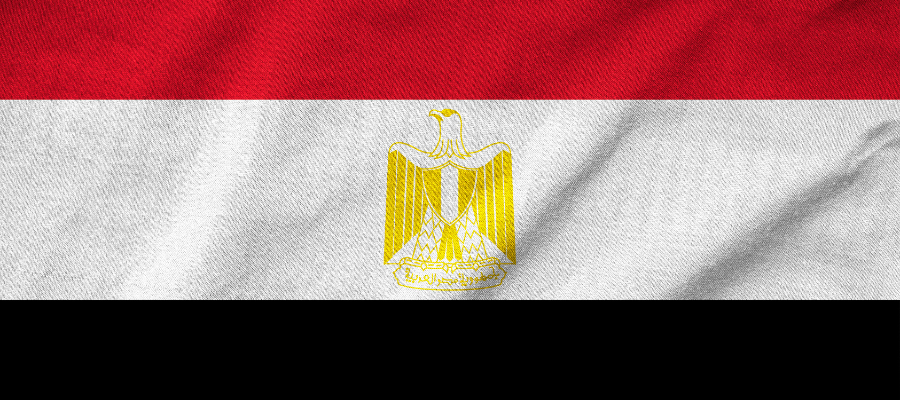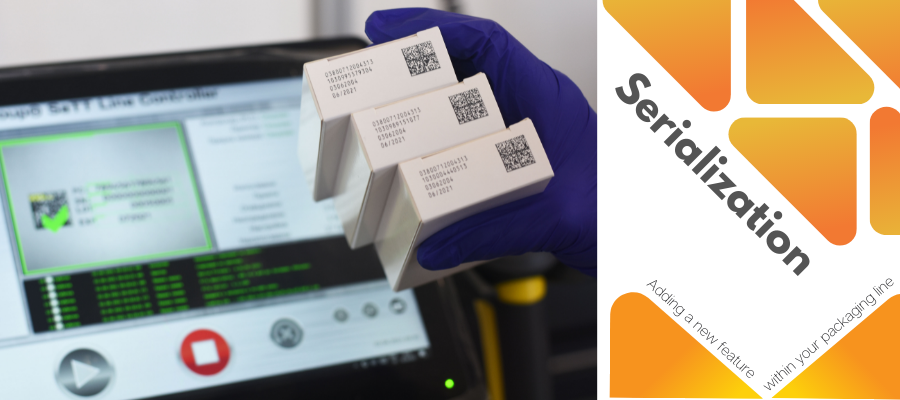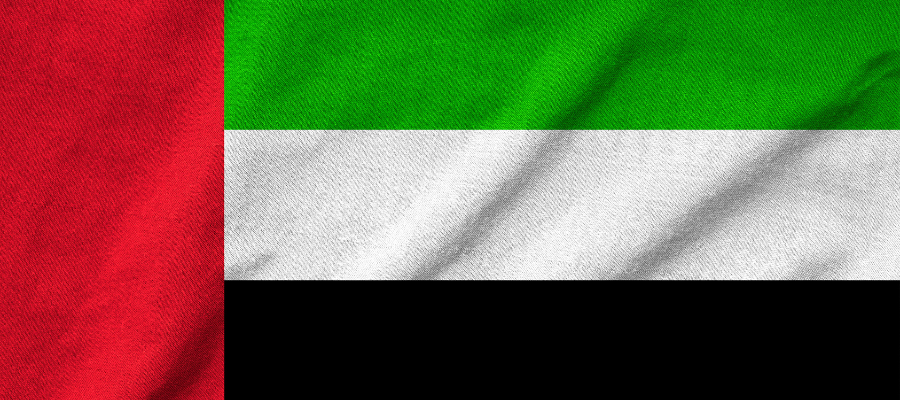
[Blog] Egyptian Pharmaceutical Market – regulated environment with boosted efficiency
Table of Contents
Egypt is working proactively on establishing a robust regulatory environment and already benefits from it.
With USD 6.3 billion pharma market volume, Egypt is not only one of the biggest countries in Africa, but it is one of the fastest growing pharmaceutical markets. The largest producer of pharmaceuticals in the MENA region has a strong manufacturing industry and started its transformation of the healthcare system not long ago. We already talked about the Africa road toward standards harmonization, and it should be pointed out that Egypt is one of the most proactive countries regarding traceability implementation. The Egyptian Pharmaceutical Track and Trace system, known as EPTTS, works towards a fully regulated and safe environment for all supply chain participants.
Regulatory Structure
The responsible body for regulating the safety and quality of medicines is EDA (Egyptian Drug Authority). EDA replaced the Ministry of Health in February 2021, inhering three sub-organizations from MOH – CAPA (Central Administration of Pharmaceutical Affairs), NODCAR (National Organization for Drug Control and Research) and NORCB (National Organization for Research and Control of Biologicals).
The liability for buying all medicinal products for government entities is in the hands of EAUPD (Egyptian Authority for Unified Drug Procurement), which should enable centralized procurement and supply interface.
Traceability requirements
Egypt is following GS1 Labelling standards, using EPCIS. The Egyptian Track and Trace regulatory framework also requires aggregation. Regarding the secondary packaging, the supply chain participants must mark the pharma products with a 2D Data Matrix code which includes GTIN, serial number, batch number and expiry date. The GSI-128 barcode or Data Matrix code with SSCC is used for cases and pallets. The data reporting is carried out by GDSN (GS1 Global Data Synchronization Network).
Landscape
The Egyptian Pharmaceutical market is moving forward. The authorities focus intensely on supporting state-owned drug enterprises and regulating the market. The regulatory mechanisms offered by Law 151/2019 are the chosen measures to control and rationalize drug use in the private sector. Earlier this year, WHO announced that Egypt’s medicines regulators achieved a high maturity level (level 3) in WHO classification, which means that the national authorities cover core regulatory functions such as product authorization, product testing and market surveillance. The improvement of regulatory oversight effectiveness is critical for boosting the manufacturing capacity and ensuring secure drug distribution among the whole supply chain.
Sources:
https://pharmaboardroom.com/articles/egypt-outpacing-middle-east-and-africas-top-markets/





